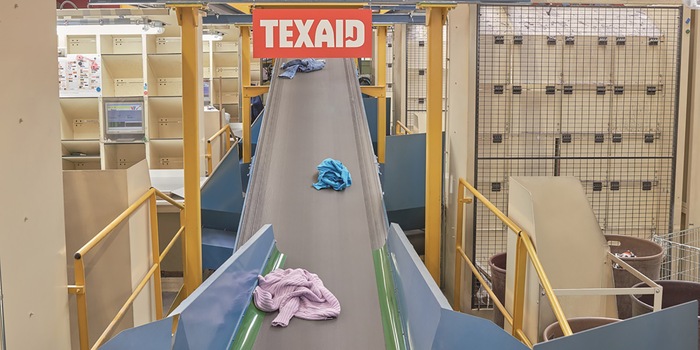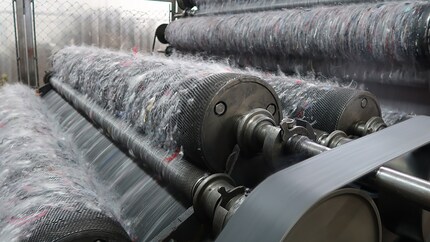
The future of recycling textiles
More than 30 percent of all old clothes are not fit to be worn. And numbers are rising. Researchers at Lucerne University of Applied Sciences and Arts and Texaid, the Swiss organisation for collecting, sorting and recycling used textiles, have found a solution to give these textiles a new purpose.
Swiss residents produce 50,000 tons of old clothes every year. Those who don't sell their fashion items at a flea market usually donate it to the old clothes collections. Texaid collects and recycles around three-quarters of these textiles. Any clothes that can’t be worn anymore and therefore can’t be sold as second-hand clothing are downcycled and made into cleaning rags, insulating materials, or shoddy. Although this is a waste of high-quality materials such as cotton, it happens on a large scale and in growing quantities every year. Lucerne University of Applied Sciences and Arts and Texaid are now partnering up to solve this problem.
Rethinking
The scientists at the Swiss university are investigating ways of recycling unusable textiles in a high-quality way. Their project, which is named «Texcycle», aims to ensure that clothes are not separated according to type, but according to material. This makes it easier to recycle the textiles. «We recycle the 30 percent that isn't fit for wearing anymore. To make something new out of it, we need to know what it's made of,» says Daniel Wehrli, industrial designer and research assistant at the Department of Design & Art at the Lucerne University of Applied Sciences and Arts. «With a pair of jeans, for instance, it's quite simple because their main material is cotton. Other clothing items require separating the material. By doing so, high-quality fabrics such as cotton can be declared as such.»

The material for the prototypes is spun into threads at Wollspinnerei Huttwil AG. This yarn is 100 percent recyclable and can be processed into carpets. The resulting waste products (dust and fibres that are too short) can be used to produce sound insulation liner, for instance. In a next step, the researchers are working on a method to gain fine yarn and use it to make new clothes. This is an important step in closing the textile life cycle.
When I’m not exploring the depths of the sea as an open water diver, I enjoy plunging into the world of fashion. On the streets of Paris, Milan and New York is where I keep my eyes peeled for the latest trends. And I’ll show you how to take them from the catwalk to your everyday life.
From the latest iPhone to the return of 80s fashion. The editorial team will help you make sense of it all.
Show all